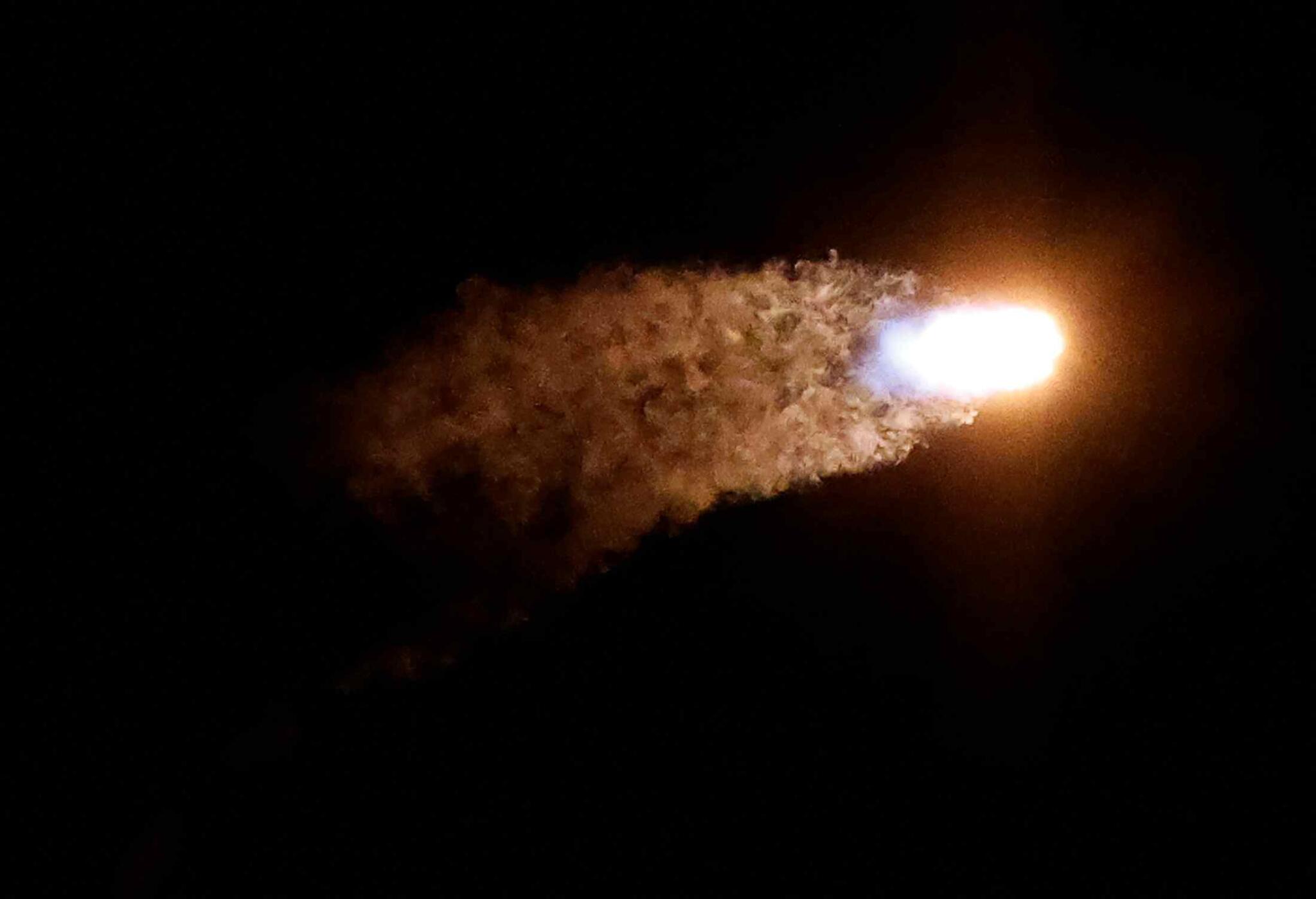A lunar lander built by Houston-based Intuitive Machines reached the center of the moon’s orbit and headed for the first U.S landing attempt on Earth’s closest celestial neighbor in more than 50 years and the first ever private spacecraft.
The six-legged Nova-C lander, dubbed Odysseus, entered a circular orbit 57 miles (92 km) above the lunar surface after firing its main rocket engine for nearly seven minutes in an orbital insertion maneuver, the company said in an online statement.
Assuming all goes according to plan, the robotic probe is expected to gradually lower its orbit over the next 24 hours and land in the Malapert A crater near the moon’s south pole at 5:49 p.m. EST (2249 GMT) on Thursday, carrying a suite of NASA science instruments and technology demonstrations.
Odysseus was launched six days ago, on February 15, atop a Falcon 9 rocket built and piloted by California-based Elon Musk’s SpaceX from NASA’s Kennedy Space Center in Cape Canaveral, Florida.
If the landing is successful, the IM-1 mission would mark the first manned landing on the lunar surface by a U.S. spacecraft since Apollo 17, when Gene Cernan and Harrison Schmitt landed there in 1972 on NASA’s last manned lunar mission.
It would also mark the first ever “soft landing” on the moon by a commercially produced and operated vehicle, and the first under NASA’s Artemis lunar program, as the US races to return astronauts to Earth’s natural satellite before China lands its own manned spacecraft there.
Also read: Satellite images show wall construction near Egypt-Gaza border
The IM-1 mission comes about a month after another firm’s lunar lander, Astrobotic Technology, suffered a propulsion system leak on its way to the moon shortly after it was placed into orbit on Jan. 8 by a United Launch Alliance (ULA) Vulcan rocket. makes its debut flight.
The failure of Astrobotic’s Peregrine lander, which also flew NASA cargo to the moon, marked the third time a private company has failed to land on the moon, following ill-fated efforts by companies from Israel and Japan.
These accidents illustrated the risks NASA faces in relying more than in the past on the commercial sector to realize its spaceflight goals.
Although the IM-1 flight is considered an Intuitive Machines mission, it is carrying six payloads of NASA instruments designed to collect data on the lunar environment ahead of the planned first manned Artemis mission to the moon later this decade.
NASA announced last month that it was pushing back its target date for the first manned Artemis moon landing from 2025 to late 2026, while China said it was targeting the 2030s.
Small landers like Nova-C are expected to get there first, with instruments to explore the lunar landscape in detail, its resources and potential hazards. Odysseus will focus on space weather interactions with the lunar surface, radio astronomy, precision landing technology and navigation.





